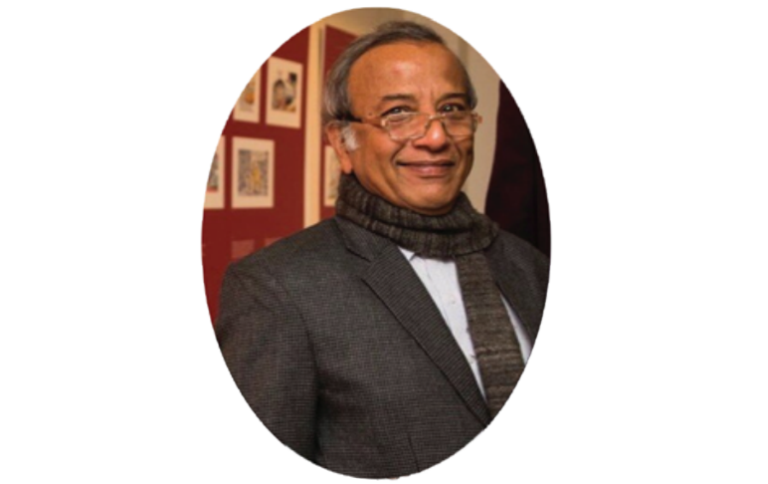His cartoons needed no caption
Legendary Indian political cartoonist and illustrator Ajit Ninan
was multi-faceted. Born in Secunderabad, he studied at Madras Christian College, Chennai, before moving to Delhi to pursue his interest in cartooning. Self-taught, he developed his own style.
As a student, his first cartoon was printed in the now-defunct political satirical magazine Shankar’s Weekly. Before joining TOI (Times of India), he worked with well-known English-language newspapers, including weeklies.
He was the famous cartoonist Abu Abraham’s nephew. While Abu had a minimalistic style, Ninan’s cartoons were visually exuberant with crisp lines and stinging sarcasm to tell powerful stories about current events.
Ninan flourished in the 1980s against a backdrop of revolutionary favourable circumstances when printed words were frequently subordinated to illustrative news and commentary. More of a social cartoonist who liked to make social commentary than an editorial cartoonist, his artistic ability put him in a completely different league. Among the print journalists to emerge from the Emergency’s censorship era, he led the movement in the early to mid-1980s moving visual journalism from black-and-white to colour reproduction.
Using the Rotoring pen, he sketched with extraordinary clarity and control. He coloured his sketches with watercolours, frequently delegating the colouring task to an art school graduate. In the early days of television, colour magazines became a great way to boost advertising income. The publisher was now required to focus more on the publication’s appearance than on its content. With the advent of image setting technology, Ninan could now colour swiftly, thanks to Photoshop’s multiple undo options.
He had always had a lighthearted yet incisive perspective on politics and society. His subtle impactful remarks about society, without adopting a hostile or confrontational style, had a profound impact on the reader. His hilarious and even provocative caricatures had readers in stitches.
Even on stressful days, he kept everyone at the office in high spirits by telling jokes all the time. He gained popularity by scribbling caricatures of colleagues on the back of thrown-away printouts or whatever scrap of paper that happened to be lying around.
A timekeeper in addition to being a cartoonist, his four decades of work serve as a reminder of various times in our individual history. He was sort of a visual historian of emotions related to the nation and the individual.
It was amazing how Ninan could pack so much drama and life into one frame. It was the result of years of consistent drawing, astute observation, and a sense of humour. Sadly, his abilities were underutilised because cartooning in India is associated with a very limited range of political cartoons, as opposed to the West, with famous cartooning media like New Yorker, Punch and Mad.
Among his popular cartoons were Ajit Ninan’s Funny World; Just Like That! Like That Only! (with Jug Suraiya); Centrestage; Ninan’s World; Poli Tricks, a series of cartoons during the 2009 Indian general elections and iToons: a single panel cartoon strip (with Sunil Agarwal). The most enduring for readers of all ages were Detective /Jasoos Moochwala and his dog Pooch featured in the 1980s among the thousands of characters that came to life at his hands. His books included Ajit Ninan and Jug Suraiya (2007). Like That Only. Ninan, Ajit, and Sudeep Chakravarti (Eds.). The India Today Book of Cartoons. In Aug 2022 he was awarded the Barton’s Lifetime Achievement Award by the Indian Institute of Cartoonists.
Aged 68, Ninan exited life unexpectedly after a severe heart attack at his Mysuru home.
Survived by his wife Elizabeth, two daughters, and two grandchildren, he has left a legacy of cartooning and descriptive art and will continue to be the industry benchmark, and serve as a point of reference.


